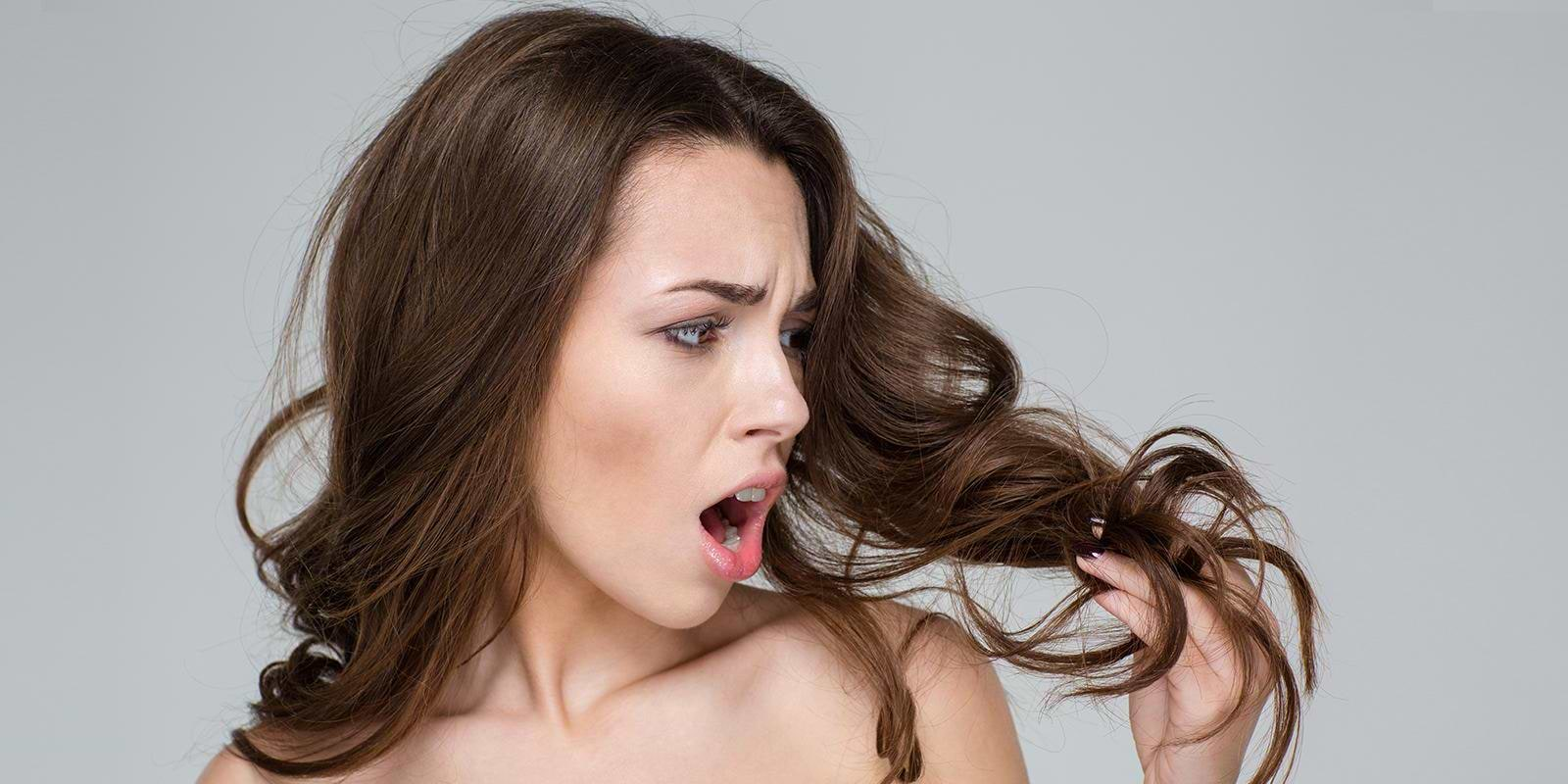Dr. Zoe Diana Draelos, MD | June 16, 2021
What Causes Hair Loss? Reasons & Solutions, Explained

Image by Madison Reed
Here at Madison Reed, it is always our goal to give you the best, most accurate information on hair color + care, which is why we are working with a research and clinical board-certified dermatologist, Dr. Zoe Diana Draelos, MD. Recently, we asked Dr. Draelos how to care for colored hair from a scientific standpoint. Here is her esteemed answer...
Hair Color and Hair Loss
Many people who color their hair with permanent hair dye notice hair in the shower drain immediately after coloring their hair. That is hair that would normally shed as part of the hair renewal process. However, exposure to hair dye chemicals accompanied by the rubbing required to work hair dye through the scalp may dislodge the hairs ready to shed. The amount of hair that has been shed should not exceed 125 strands, unless the hair has not been shampooed for a long time. This loss is due to the mechanical manipulation of the scalp as part of the hair coloring process, and should not be confused with medically induced hair loss such as alopecia.
Hair shedding is natural and normal - it is part of the body's own natural renewal process. Growing hair is a very high energy activity for the body, and hair follicles go through natural cycles of growth and resting on a daily basis. This cycle accounts for the shedding that is an important part of the renewal process that results in healthy hair.
Hair Loss vs Hair Breakage
It's important not to confuse hair loss with hair breakage and hair thinning. Hair loss medically means the hair has been shed from the scalp by the root. If you look closely at a strand of hair that has been shed at the root, you can see the tiny pear shaped white remnants of the hair bulb at the end of the hair. This is how you know whether the hair has been shed or broken. Broken hair does not have a hair bulb at one end. Anything that damages the hair shaft, including improperly applying hair dye, can result in hair breakage. This is due to the hair dye weakening the hair shaft and any subsequent trauma, such as brushing or combing, then causes hair breakage.
Can Hair Dye Cause Hair Loss?
Hair dye cannot penetrate the scalp and reach the follicle where the hair grows. Therefore, hair dye cannot and does not cause hair loss, but it can precipitate hair breakage. Most people who dye their hair use permanent hair color because it lasts longer. However, to make it last, a chemical reaction has to occur within the hair shaft during the coloring process, which permanently alters the hair shaft. Permanent hair dyes involve the use of "colorants," which are actually colorless. Hydrogen peroxide is mixed with the colorants and a chemical reaction begins. The hair color does not appear until the two ingredients are combined. This chemical reaction can significantly alter the protein structure of the hair, and any resulting damage cannot be repaired because hair is non-living.
These alterations to the hair shaft are necessary for the hair color to last, but can weaken the protein that gives hair its strength. If the hair is not properly cared for, this damage to the hair shaft can sometimes lead to hair breakage. For this reason, it's important to use high quality hair dyes, carefully follow the instructions, and don't leave hair color on for longer than the manufacturer recommends. In between coloring, you will also need to properly care for your color-treated hair to keep it healthy.
To sum it up, hair dye cannot cause hair loss, as it doesn't reach the follicle. However, it can lead to breakage due to the chemical reaction it triggers, altering the hair shaft's protein structure. Proper cre, quality dyes, andd following instructions can minimize damage.
Hair Loss and Medical Conditions
If you are experiencing hair loss in excess of 125 strands of hair per day, this hair shedding could be a symptom of a different issue not associated with the hair coloring process, and could lead to substantial thinning or baldness over a longer period of time. There are many medical conditions that can manifest as increased hair loss due to ill health and require medical attention. Examples of health issues that could cause hair loss include alopecia, thyroid disease, anemia, cancer treatments, lupus or high fever. Hair loss can also be due to hormone imbalances. You should talk with your doctor about treatment if you have unexplainable hair loss-they may be able to recommend a hair loss treatment.
In summary, coloring your hair at home is a great way to cover grays if you want, or to get the shade of hair color that you want. It's safe and does not cause hair loss or thinning. The proper use of quality hair color products will minimize hair breakage when accompanied by excellent post-coloring care.
Originally published: 1/12/2017
Updated: 6/16/2021
Find Your Perfect Shade
Take our 2 minute quiz to get your colorist-approved hair color match!
Take the quizGet Free Shipping
Plus exclusive promotions, hair tips and info about events near me when you subscribe!
















